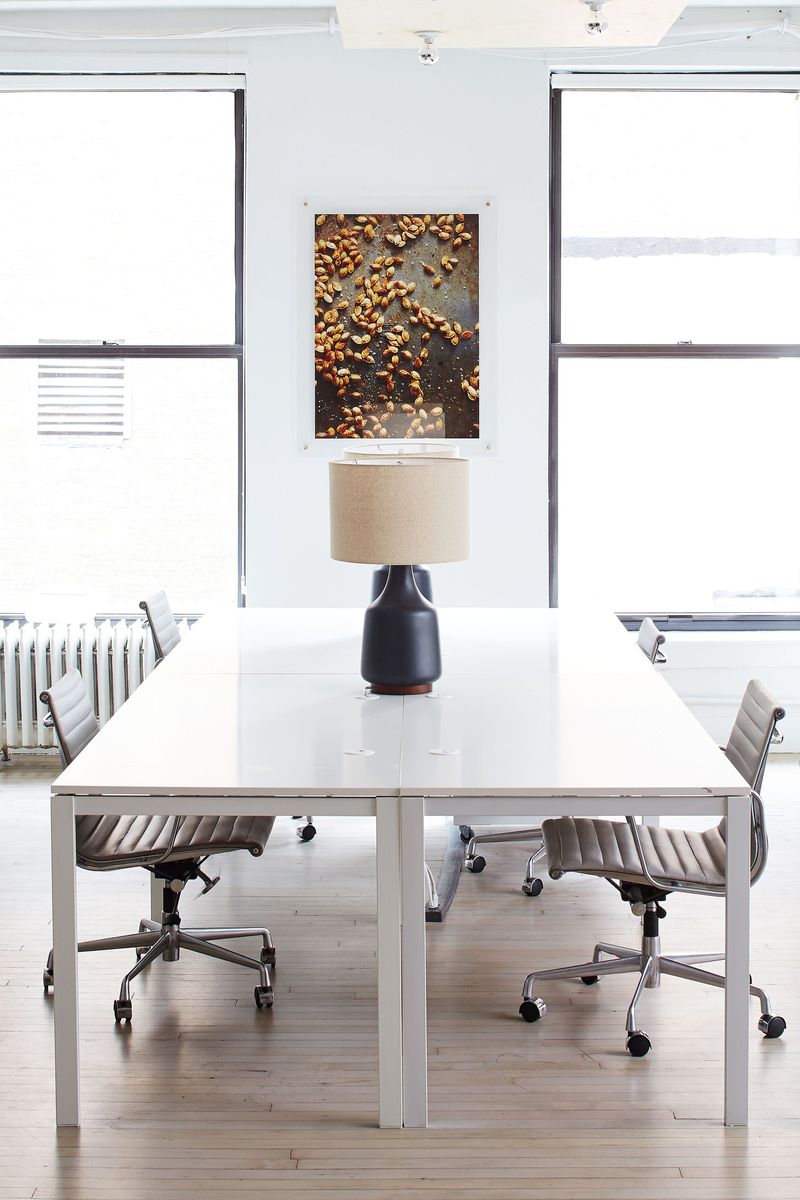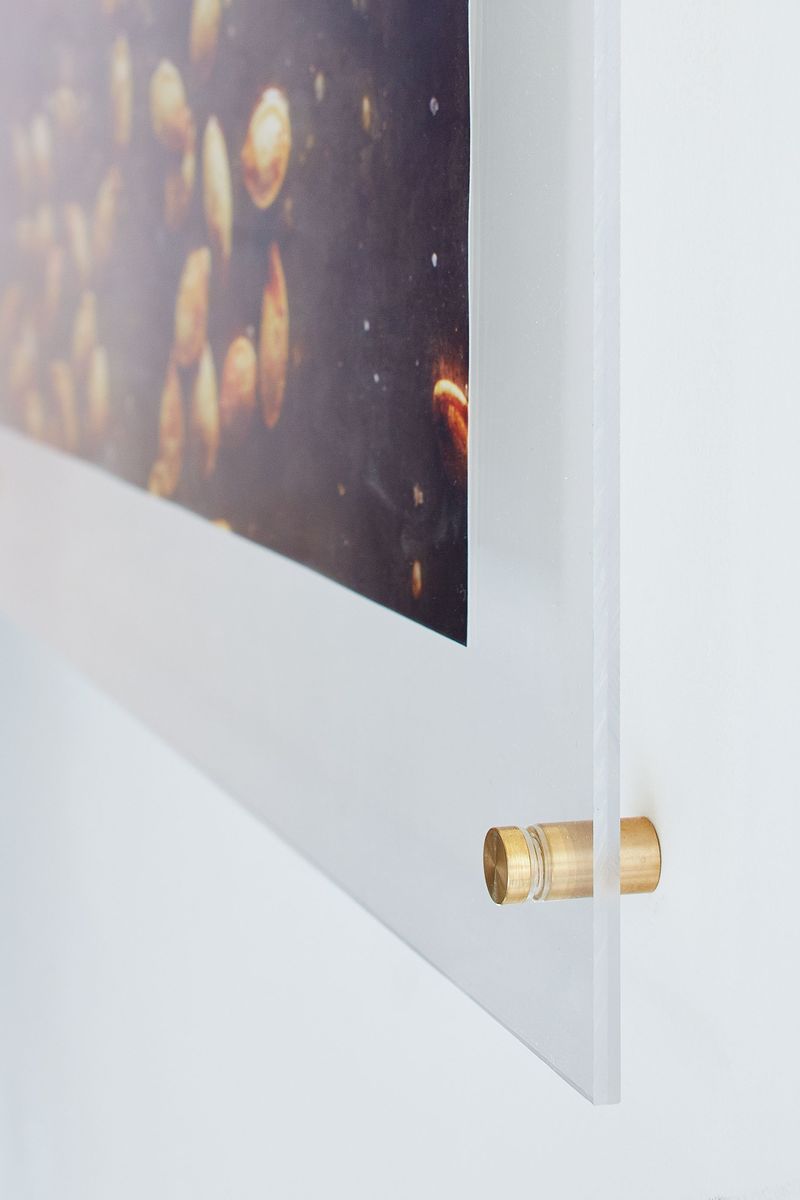
It's here: Our game-changing guide to everyone's favorite room in the house. Your Do-Anything Kitchen gathers the smartest ideas and savviest tricks—from our community, test kitchen, and cooks we love—to help transform your space into its best self.
Grab your copyPopular on Food52
Continue After Advertisement
12 Comments
Jenny
August 8, 2016
How much is a piece of plexiglass usually? Like how much was it to have the plexi cut to the size you wanted? Thanks
nik
June 21, 2016
Great, clean look Brad! 2 questions: did you have the edges of your plexi polished? and did you find the two sheets separated over time? Thanks!
Dolores D.
March 21, 2016
Thanks for the info on the framing of large size art work. I am very happy with the newly framed Hobby Cambell...Florida cowboy prints I aquired and framed myself. Great gifts!!
Sarah S.
January 21, 2016
I LOVE this idea! I bought some prints for my son's nursery that I was trying to decide how to hang. I think this is the perfect solution! I found standoff bolts at displays2go.com for about 1/3 of the price in a bunch of colors.
Becca
December 21, 2015
I was with you till the instructions on hanging. Am I drilling more holes? Which piece has instructions for hanging? The bolts?
brad S.
September 21, 2015
Hi Ng,
It depends on the thickness of the cloth, but I wouldn't recommend it. The frame looks nicest when both pieces of plexi are touching. I would imagine the cloth would prevent the plexi pieces from coming together completely.
It depends on the thickness of the cloth, but I wouldn't recommend it. The frame looks nicest when both pieces of plexi are touching. I would imagine the cloth would prevent the plexi pieces from coming together completely.
Ng
September 19, 2015
Would this work for a embroidered cloth? Have some from Thailand and framing is super expensive.
brad S.
September 14, 2015
Laura - It costs just under $200 all in.
David - This is not meant for archival display. It's a low cost solution to get a high end look. Thanks for your feedback!
David - This is not meant for archival display. It's a low cost solution to get a high end look. Thanks for your feedback!
David K.
September 11, 2015
Elegant solution, but not necessarily archival (long term display). There is a high probability of the print sticking to the acrylic or glass from heat and humidity changes. Paper is very reactive environmental changes. In the past with silver prints, prints were not adhered to the backing, as the emulsion would crack from the same conditions. Window mounting the prints with museum board was means to create a barrier for the photograph.




See what other Food52 readers are saying.